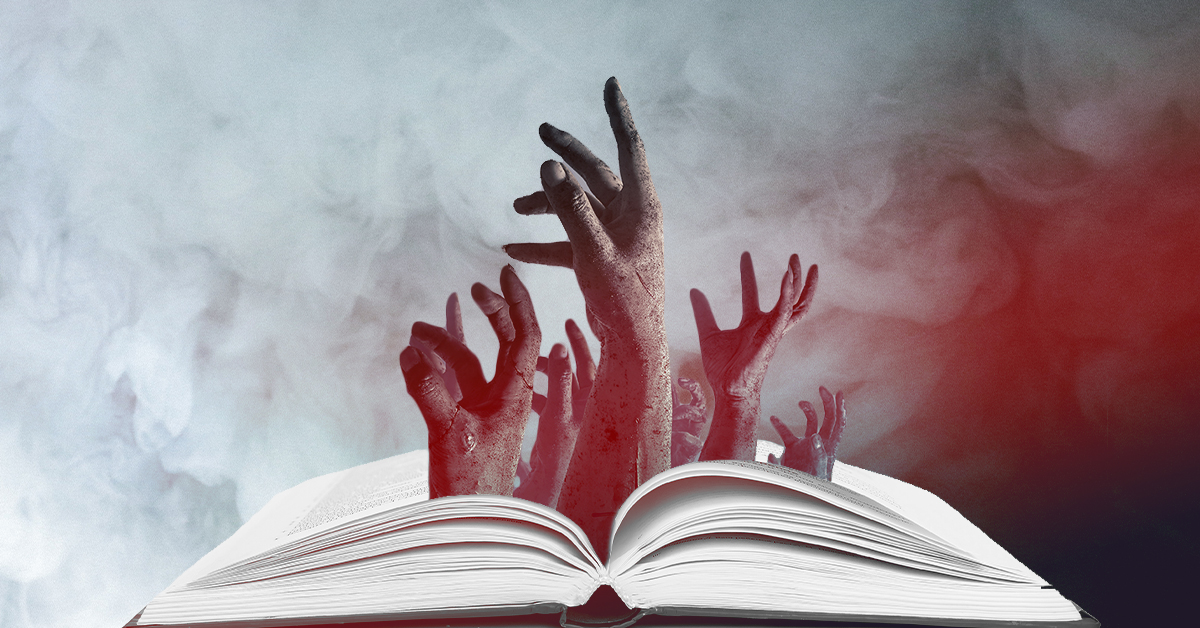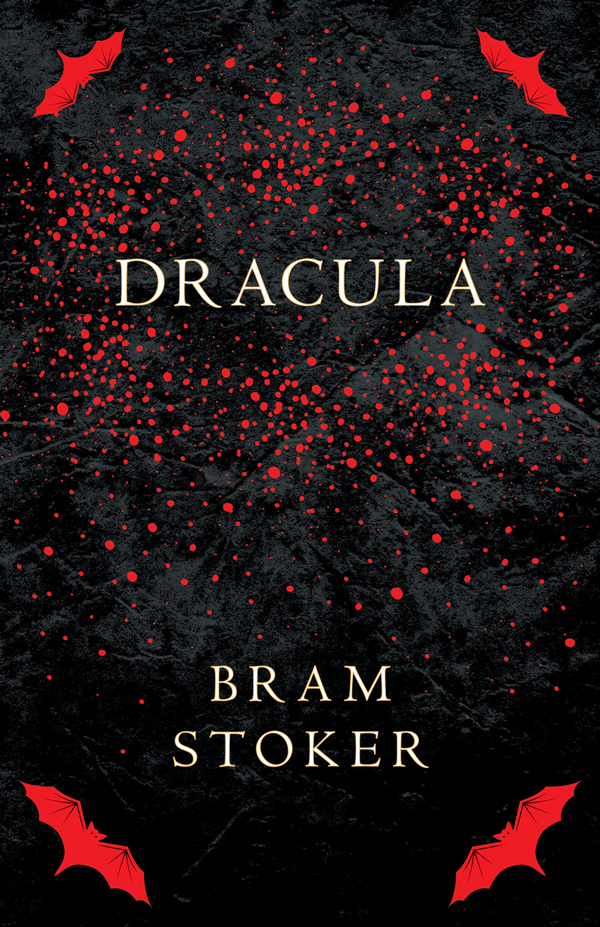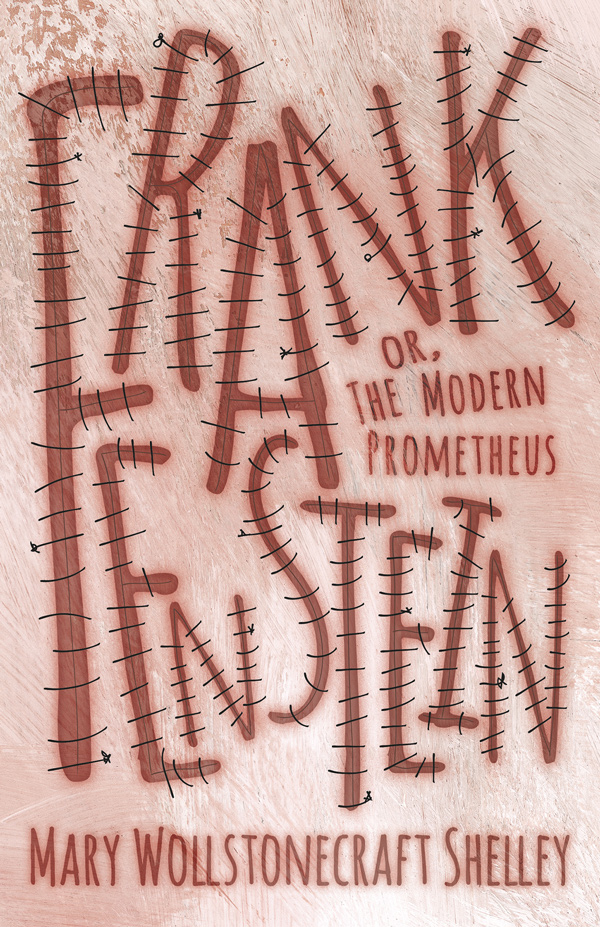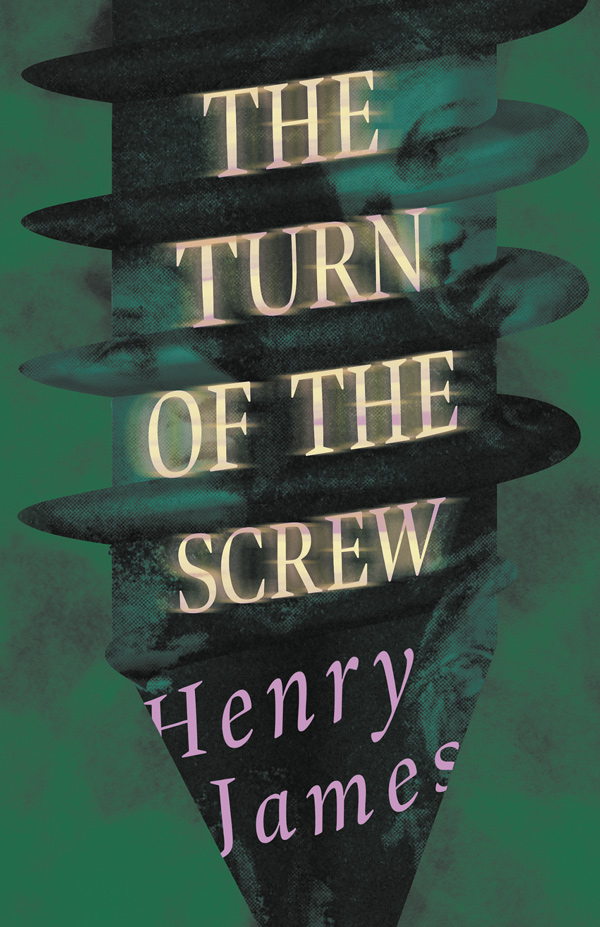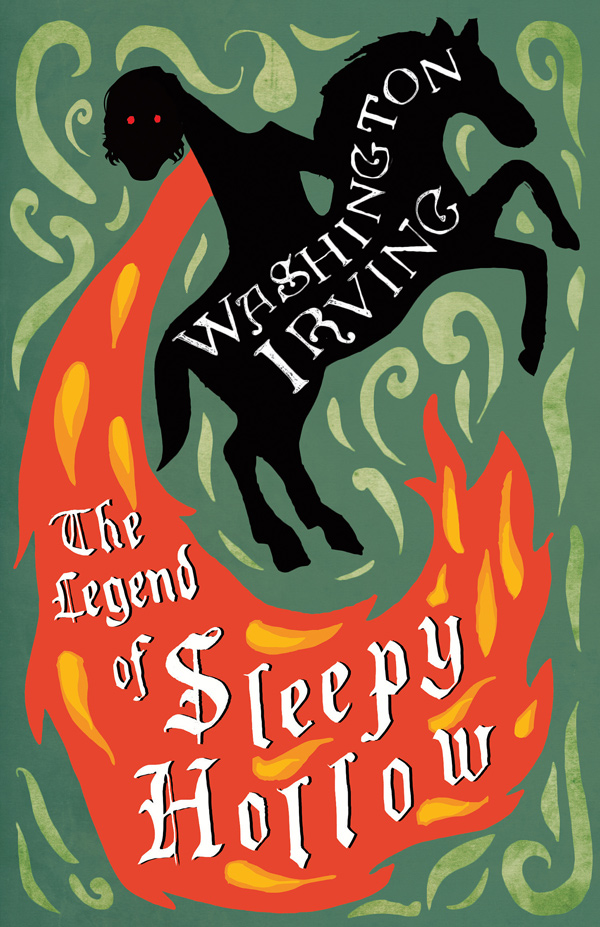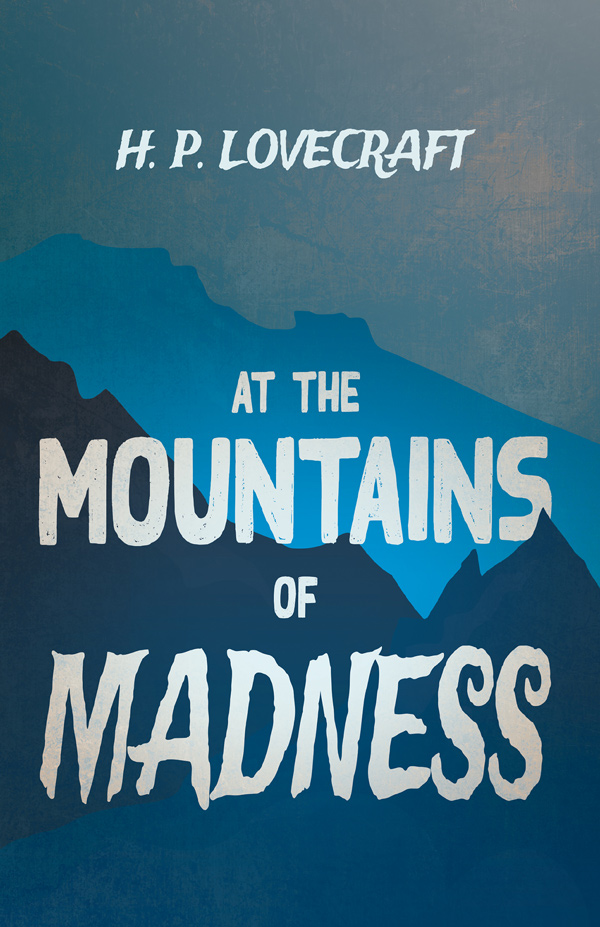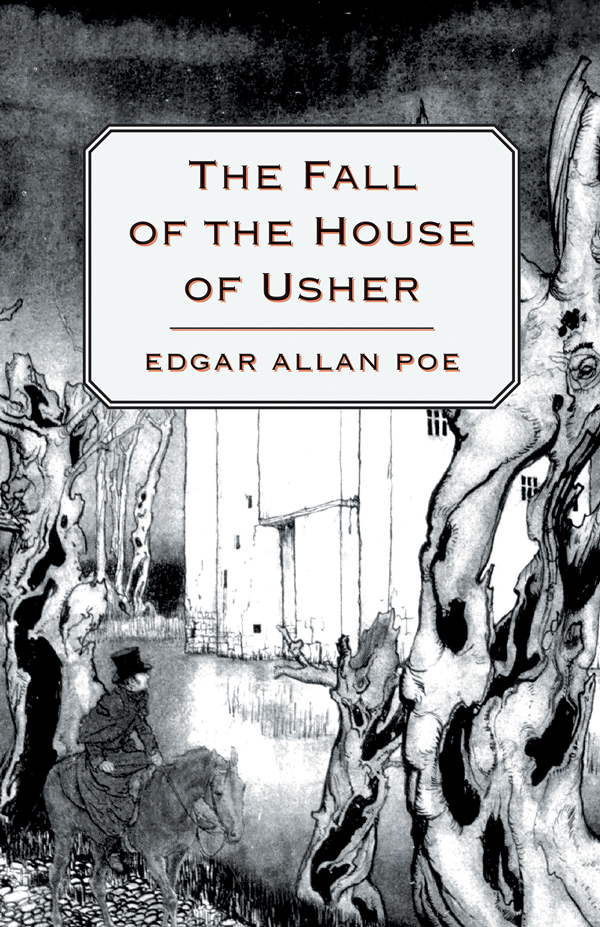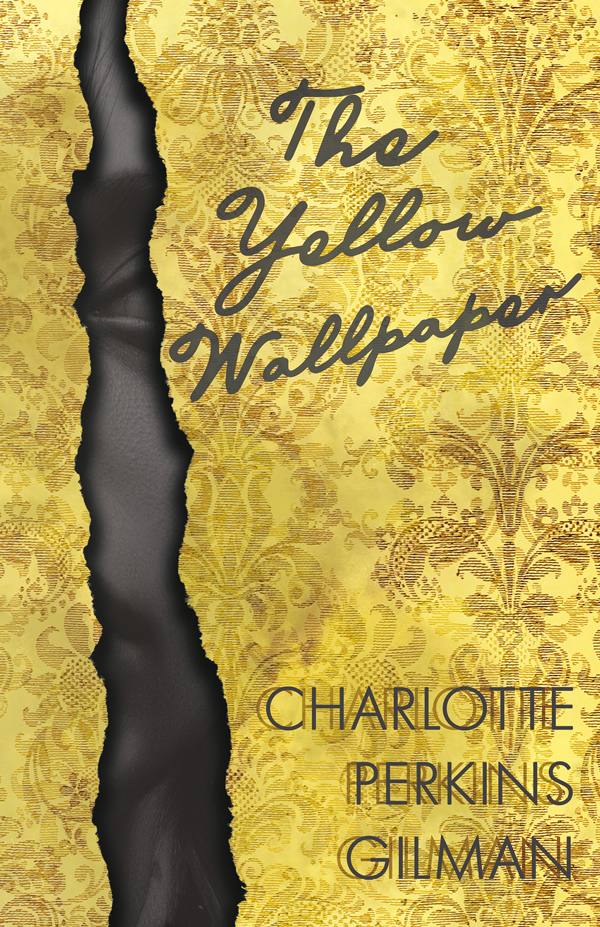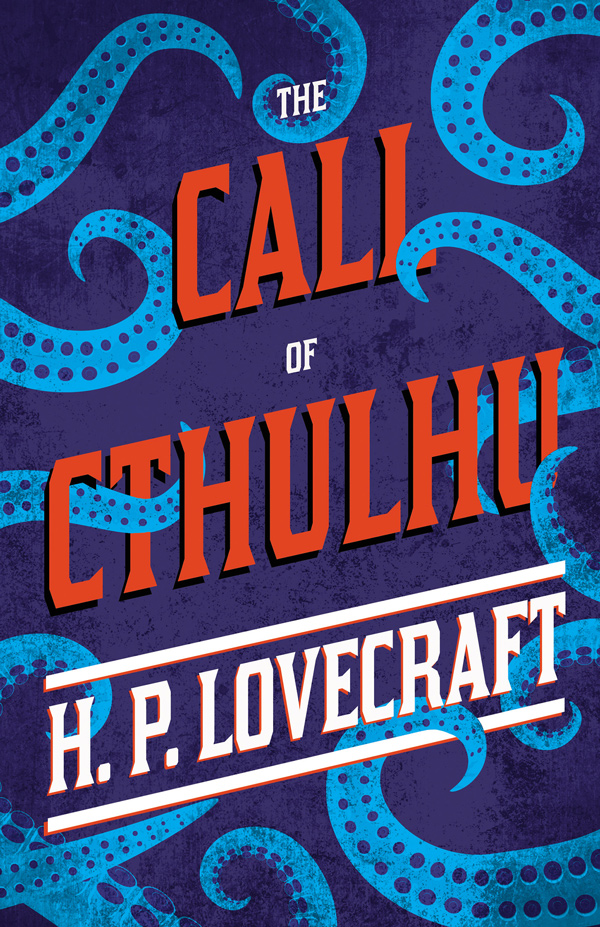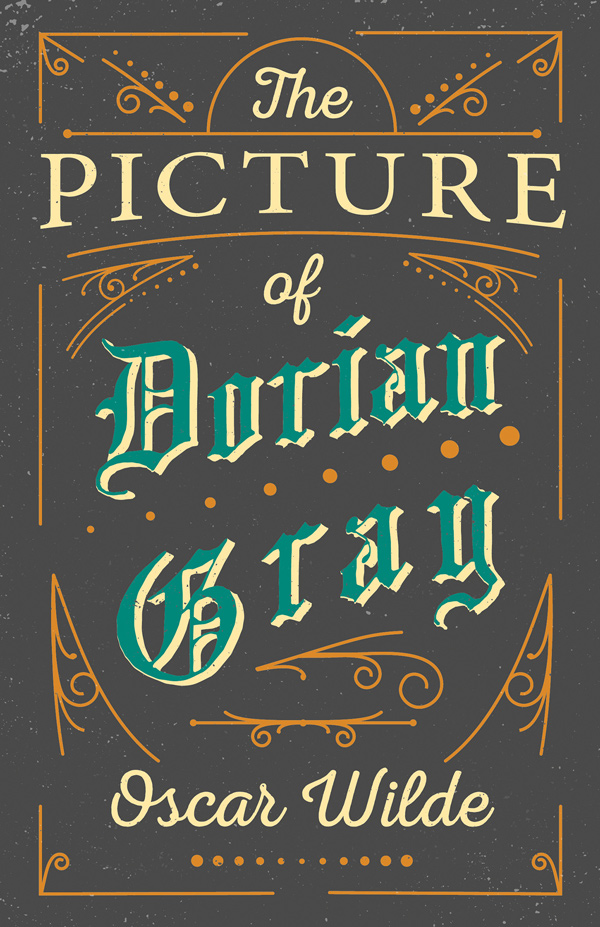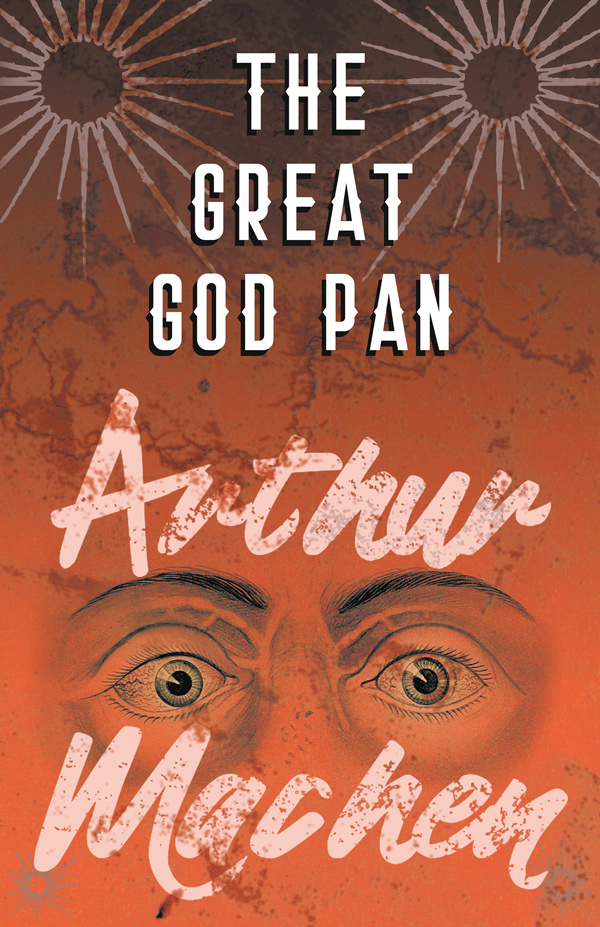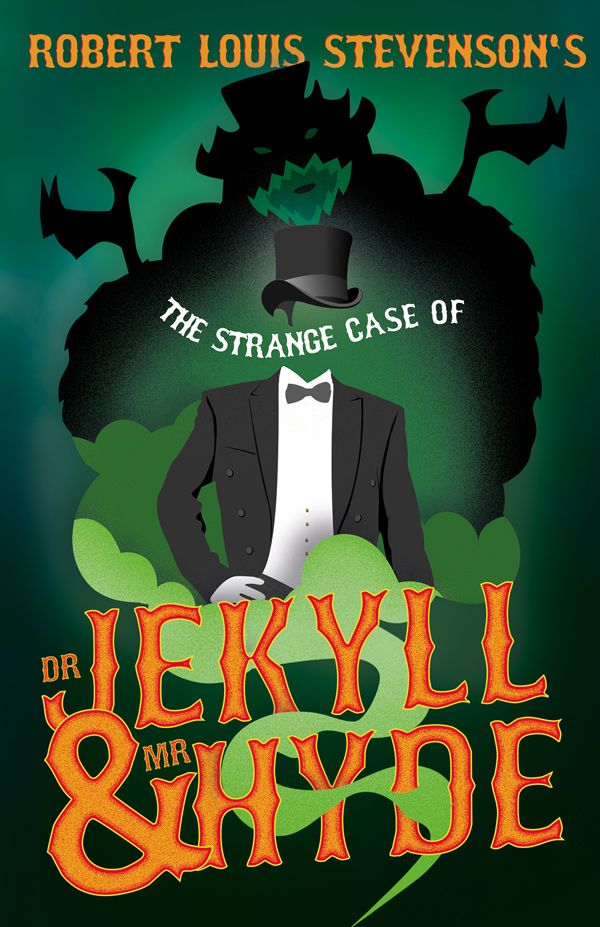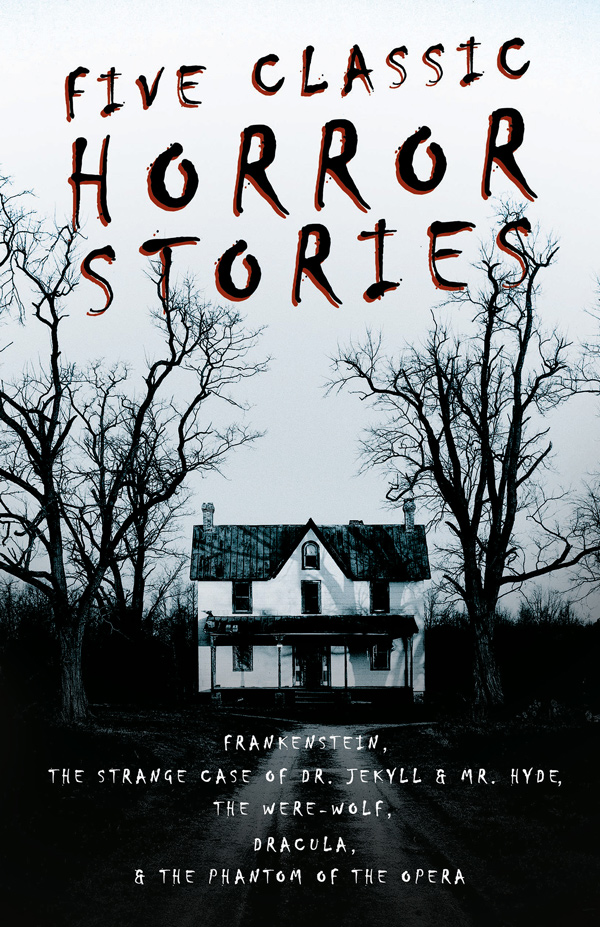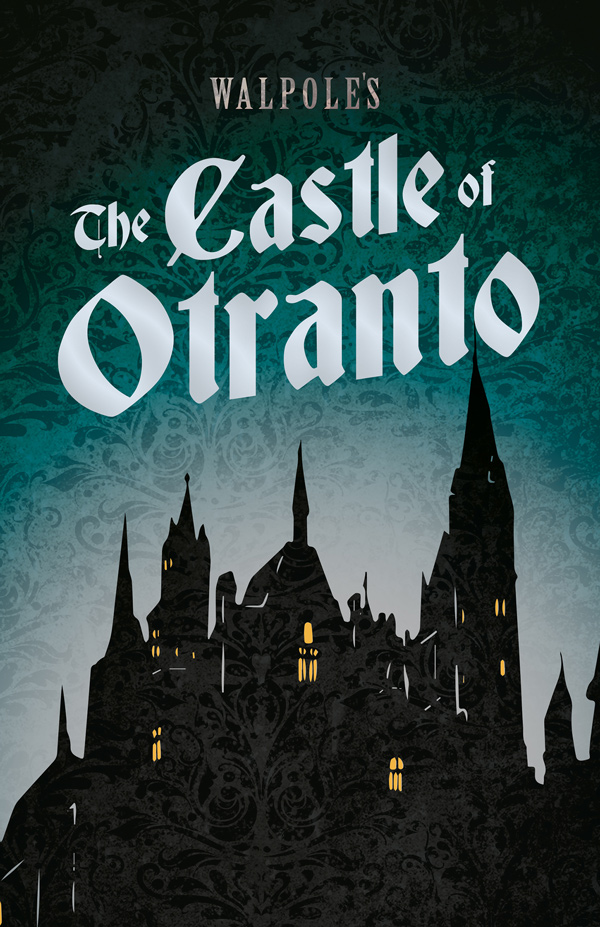Read & Co. presents this must-read essentials list for lovers of dark fantasy and supernatural horror fiction – a collection of 14 horror classics from some of the best authors of the terrifying and macabre.
Quietly stalking ghosts, sinister vampires, and unsettling monsters fill the pages of these horror classics. Here you will find the perfect spine-chilling volume to read in the dead of night.
Essential Horror Classics Books List
Dracula by Bram Stoker (1897)
A classic masterpiece of gothic horror fiction, Bram Stoker’s Dracula is a chilling tale of disturbing events, dark desires, and the harrowing world of vampires. Exploring themes of sexuality and religion, and written through a series of letters and correspondence.
This supernatural novel tells of quietly monstrous incidents and curious circumstances as Jonathan Harker becomes the focus of Dracula’s bloodthirst.
Frankenstein is the unnatural uncanny tale of dark scientific experimentation and its monstrous consequences. Known as the first science fiction novel, Mary Shelley‘s masterpiece redefined gothic horror literature.
Young scientist Victor Frankenstein pillages graveyards for body parts and organs to fulfil his macabre desire to create life. Piecing together fragments of corpses to fashion the ‘perfect’ human, Frankenstein’s unorthodox experiment plunges into a nightmare when he shocks his creation to life with electricity.
The Turn of the Screw by Henry James (1898)
The greatest ghost story in the English language, Henry James’ The Turn of the Screw is a hauntingly atmospheric tale of supernatural events and an excellent exploration of human psychology.
A young governess takes over the charge of two orphaned siblings, Miles and Flora, in a large, isolated country house. Unguided and almost entirely alone, the governess attempts to bring normality and joy into the children’s lives but quickly comes to believe that something sinister is threatening her new charges.
One of America’s greatest gothic tales, Washington Irving‘s horror classic takes place in a small New York town on the edge of the forest where whispers of a horrifying ghost are slipping from one person to the next.
School teacher, Ichabod Crane, is new to the small isolated town of Sleepy Hollow. It isn’t long before he hears the terrifying tales of a headless horseman who plagues the town at night. It isn’t until he’s making his way home after a party one autumn evening that he begins to wonder whether the blood-curdling tales could be true.
A horror tale of gripping tension, thrilling creatures, and tragic incidents, At the Mountains of Madness is a classic work of science fiction from the prolific writer H. P. Lovecraft.
A group of ill-fated explorers set off on an expedition in Antarctica. Reaching a mountain range beyond the Himalayas, the scientists uncover the long-forgotten remains of an ancient civilisation, older than the moon itself. It isn’t long before the scientists begin to suffer at the fate of these unidentifiable prehistoric lifeforms.
From the inventor of detective fiction, Edgar Allan Poe, The Fall of the House of Usher is a slow-burn masterpiece of gothic horror, full of supernatural forces and chilling psychoanalysis.
When an unnamed narrator is called to the House of Usher by his childhood friend, Roderick Usher, he is unaware of the horrors that await him.
Charlotte Perkins Gilman’s The Yellow Wallpaper is a semi-autobiographical short story of a woman’s mental demise as she is forced to endure a period of lonely isolation, told through a series of chilling journal entries.
Following a bout of postpartum psychosis, an unnamed woman is banned from working or writing. She does so secretly while commenting on society’s complex patriarchal oppression, recounting her slow turn to insanity through a string of unsettling diary entries.
The Call of Cthulhu is H. P. Lovecraft’s most well-known and celebrated work of classic horror fiction. Explore the Lovecraftian universe at its best in this nightmarish tale of hellish monsters and ancient secrets.
Francis Thurston is sorting through the notes of his late grand-uncle, when he stumbles across chilling evidence related to the existence of a cult that worships an ancient demonic god. As he follows the horrifying connections, he begins to realise the horror and madness that lies in waiting for the world.
Oscar Wilde’s only novel, The Picture of Dorian Gray, is an enduring masterpiece of gothic horror, exploring the corruption of humanity, our desire to sin, and the extremes vanity will lead us to.
Young, handsome, and privileged, Dorian Gray has his portrait painted and makes a wish as he exchanges his soul for eternal youth. As Dorian lives out a selfish and decadent lifestyle, he remains the picture of a perfect gentleman, but his portrait displays the consequences of his sinful existence.
Condemned by the media for its sexual content and horrifying imagery when it was first published, The Great God Pan is a mesmerisingly dark novella by Arthur Machen, often regarded as one of the best classic horror stories ever written.
Dr. Raymond’s patient Mary awakes from a horrifying brain surgery in awe, claiming to have been in the presence of the great god Pan. But Mary quickly deteriorates, and what follows are many strange, and often deathly, events.
Robert Louis Stevenson’s prolific gothic thriller, Strange Case of Dr. Jekyll and Mr. Hyde, is a story of the struggle between good and evil as a doctor slowly descends into madness.
Dr. Jekyll creates a drug that separates the good and evil in his heart, splitting his personality in two with horrific consequences. His wicked alter ego, Mr. Hyde, is the monster that evolves from this ghastly experiment and quickly he becomes a wanted murderer. Set against the foggy backdrop of Victorian London, Dr. Jekyll desperately tries to fix his mistake, but is it too late?
One of the most influential classic horror novellas ever written, Gaston Leroux’s The Phantom of the Opera is a chilling tale of tragic romance and supernatural intervention.
When a Parisian opera house is taken over by new managers, they ignore the previous owners’ desperate warnings of ghostly happenings on stage. The incredibly talented soloist Christine Daae is closely haunted by the Phantom ghost as he coaches her to sing. As romance blossoms between Christine and a charming Viscount, jealousy brews within the Phantom and it’s not long before tragedy strikes.
The First Female Vampire
In a chilling world of dark seduction and supernatural terror, this classic horror novella is an early work of vampire fiction and a haunting feminist romance.
First published in 1872, Carmilla explores themes of forbidden desire and female sexuality, blurring the line between reality and fantasy.
Horrifying supernatural visitations, long-dreaded curses, and barbarous murders, Horace Walpole’s revered The Castle of Otranto is the founding gothic novel, launching one of the most popular literary genres.
When the heir of Otranto is mysteriously murdered, his Machiavellian father, Manfred, schemes to marry his late-son’s fiancé in a bid to keep the castle and continue his family line.

